
AI and the Retail Marketer’s Future
How AI transforms strategy and processes, driving the adoption of Positionless Marketing
Exclusive Forrester Report on AI in Marketing
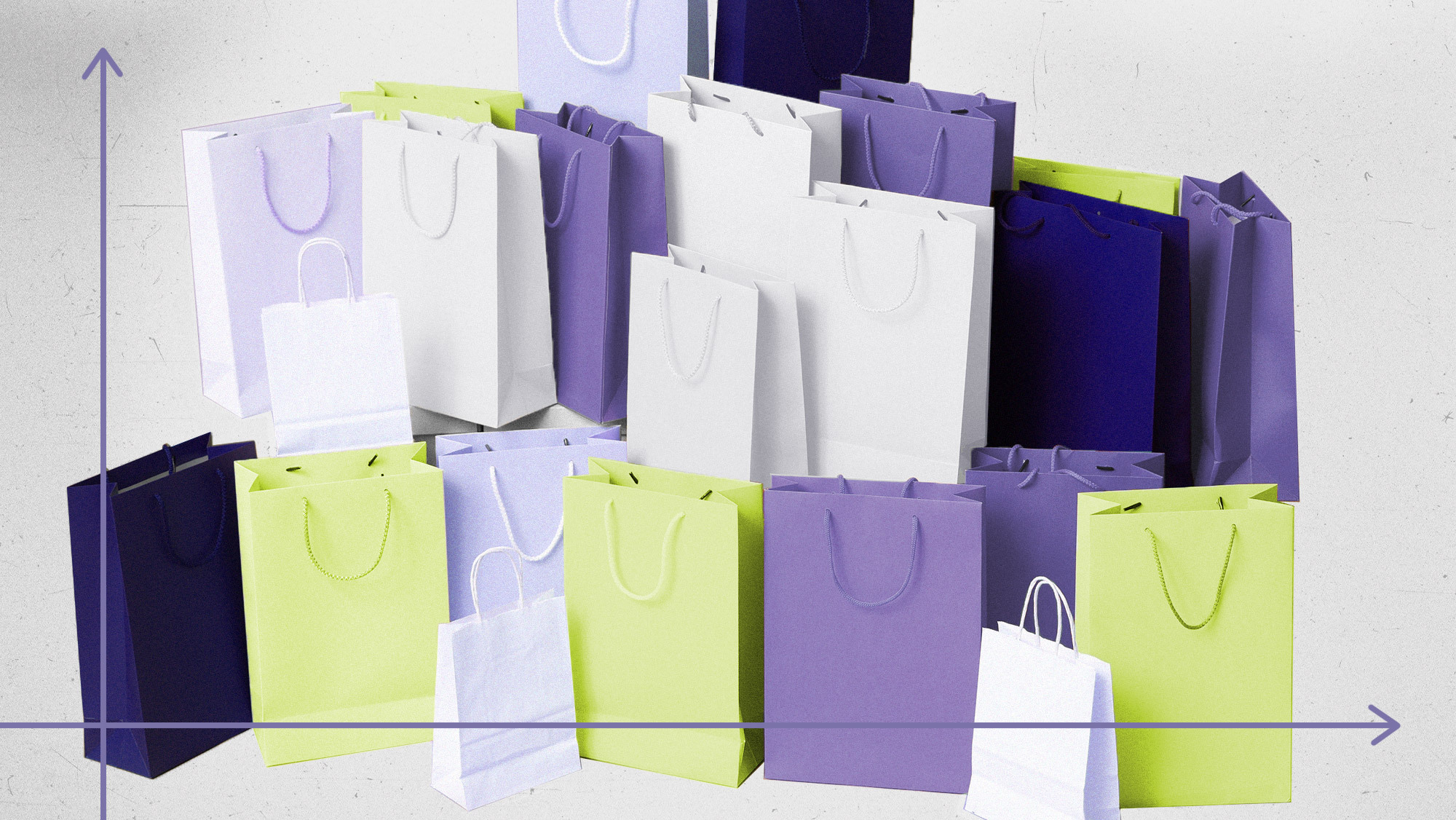
The holiday season is critical for retailers as it often brings a surge in sales driven by new and one-time shoppers. This post offers actionable customer retention strategies to turn new or one-time holiday shoppers into repeat customers, maximizing loyalty and lifetime value.
Post-holiday customer retention strategies go beyond driving immediate sales—they’re about fostering long-term relationships and building brand loyalty. It’s never too late to act, but the window to convert one-time shoppers is critical. Optimove Insights show that up to 60% of monthly customers may not return for a second purchase. However, brands that engage one-time holiday shoppers within the first month have the best chance to turn them into multi-time customers, driving higher lifetime value and retention.
Here are the twelve best customer retention strategies for keeping holiday shoppers engaged long after the holiday decorations come down:
Segmentation enables marketers to target customers with similar characteristics based on product preferences, purchase history, behavioral activity, and overall customer value. Tailoring messages and promotions to each customer segment ensures every shopper receives highly relevant and personal offers that drive retention and loyalty.
Examples: Create a Holiday One-Time Shopper segment and target these customers with exclusive offers at key moments based on the point they are at in their customer journey. If they abandon their cart, trigger a personalized recovery campaign with tailored offers to return or send them a personalized offer based on their browsing history. By crafting specific journeys for one-time customers, brands can increase the likelihood of turning them into loyal, repeat shoppers.
Personalization is key to retention, as it helps customers feel valued, seen, and understood, motivating them to make another purchase. Brands can foster loyalty and drive repeat purchases by personalizing messages, recommendations, and incentives.
Examples: Send messages via email, SMS, or push notifications using the customer’s name and tailor the recommendation based on recent purchases or product preferences to drive additional purchases. Try sending a personalized message like, "Hi [First Name], I see you bought these jeans. Check out some cute tops that would pair perfectly with them!"
Exclusive deals and loyalty rewards entice customers to return after their initial holiday purchase. This tactic keeps brands at the forefront and drives additional sales during slower periods.
Examples: Make sure to:
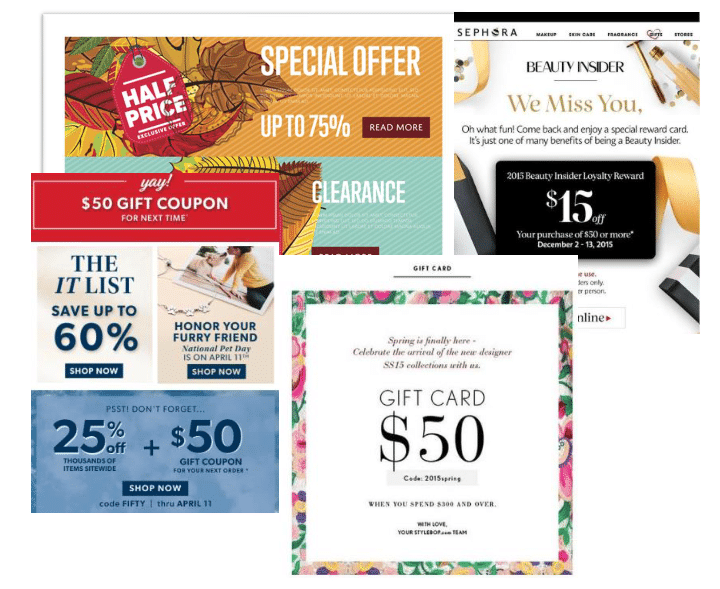
Brands must go beyond transactional relationships to retain customers and create interactive, value-driven content. These efforts not only engage customers but also position brands as a source of inspiration and utility. Engaging content helps extend a brand’s relevance well past the holiday season.
Examples: A home décor brand that does well during Christmas can publish blog posts such as “10 Ways to Use Holiday Décor in Every Season” or “How to Store Your Tree Like a Pro.” Interactive guides can further inspire customers by showcasing creative ways to repurpose holiday items for year-round use.
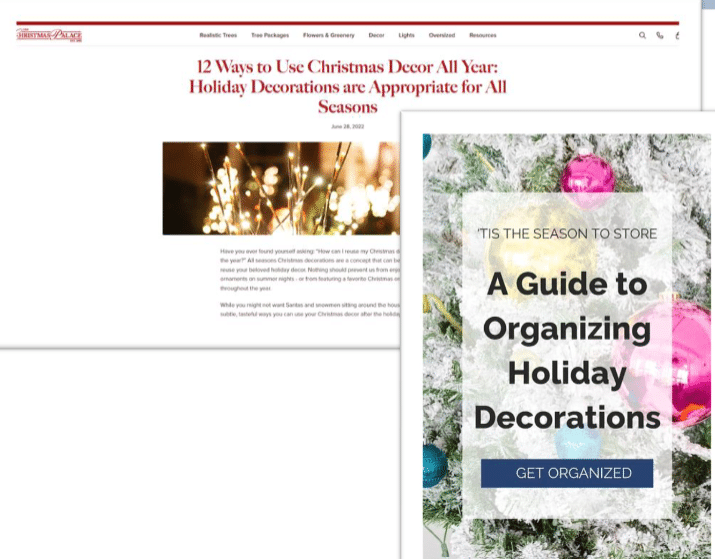
Strategically timing campaigns ensure that brands engage with customers at the right moment without overwhelming them. This balance can maintain their interest and reduce the likelihood of customer churn. Therefore, brands should automate lifecycle campaigns to stay top of mind without overwhelming them.
Examples: Create Post-Holiday Calendar Highlights as follows:
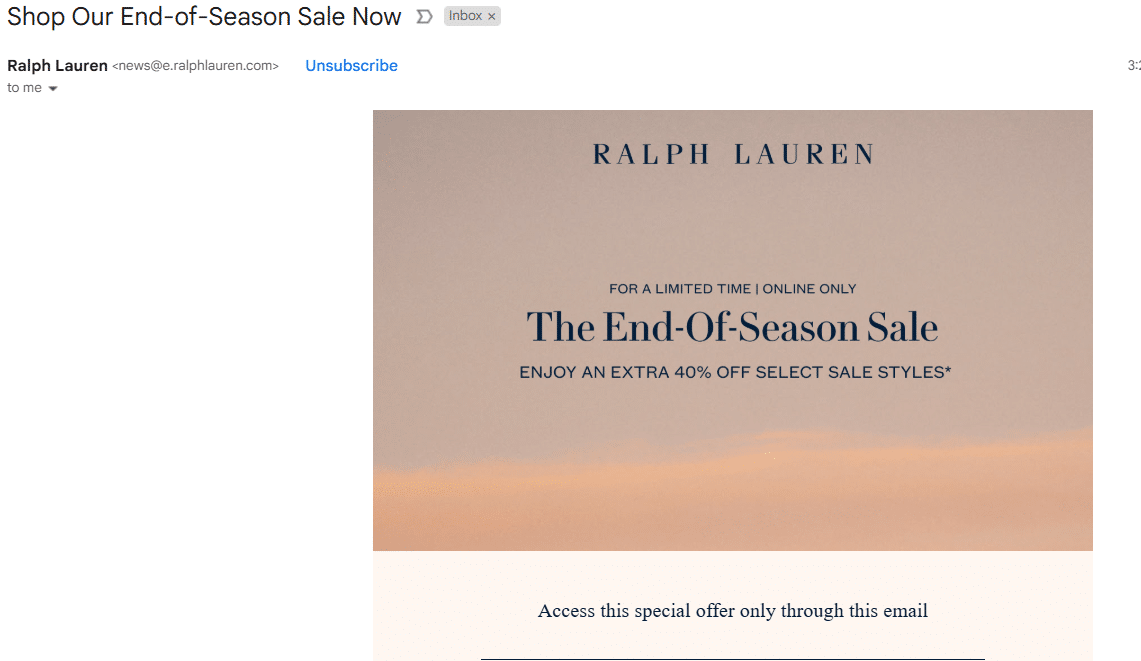
Learn more about automated customer retention here.
Customer retention strategies must be data-driven. By monitoring Key Performance Indicators (KPIs) like repeat purchase rates and using tools like A/B testing, marketers can refine their approach to ensure long-term customer loyalty.
Examples: Make sure to monitor the following KPIs:
Loyalty programs are among the best customer retention strategies for encouraging an additional purchase. Offer points, discounts, or exclusive perks to reward customers and incentivize further brand interactions. Also try using gamification to power customer interaction through fun and exciting tournaments or programs.
Examples: A beauty brand can create a points-based loyalty program where customers earn points for every purchase. Members can redeem these points for discounts, exclusive products, or early access to sales.
Related Reading: 7 Best Practices for Creating Customer Loyalty in Retail
Requesting feedback shows customers how valuable their opinions are. Use surveys, reviews, or polls to gather insights, improve offerings, and build relationships.
Examples: An online retailer can send a follow-up email after a purchase, asking customers to rate their experience and provide feedback via a quick survey for a small incentive. The company can then use the insights to improve internal processes.

Exceeding expectations can turn a single transaction into long-term loyalty for holiday shoppers. By delivering exceptional service, offering unexpected perks, or addressing any issues quickly, brands can build trust and create a memorable experience that encourages repeat business.
Examples: A meal-kit delivery service can send a complimentary seasonal recipe kit or premium ingredients after the holidays, re-engaging clients and reinforcing the value of their brand. This surprise gift encourages customers to return and explore more recipes.
For shoppers who made a single purchase during the holiday season, ongoing communication is key to turning them into repeat buyers. Regular, relevant touchpoints through email, SMS, or social media updates help brands stay in the spotlight, deepen customer relationships, and encourage future purchases.
Examples**:** A fashion retailer can send personalized emails featuring styling tips, new arrivals, and curated outfit suggestions based on a shopper's past holiday purchases. They can also highlight trending items to keep customers engaged and invested in their brand.

Referral programs are an effective way to turn one-time holiday shoppers into loyal brand advocates. By rewarding customers for referring friends, brands can not only expand their customer base but also nurture ongoing relationships with those who made a purchase in the past and turn them into repeat buyers.
Examples: A skincare brand can incentivize customers to refer a friend by offering a reward while the friend receives a discount on their first purchase. This mutually beneficial offer encourages both the referrer and the new customer to engage with the brand and make repeat purchases.
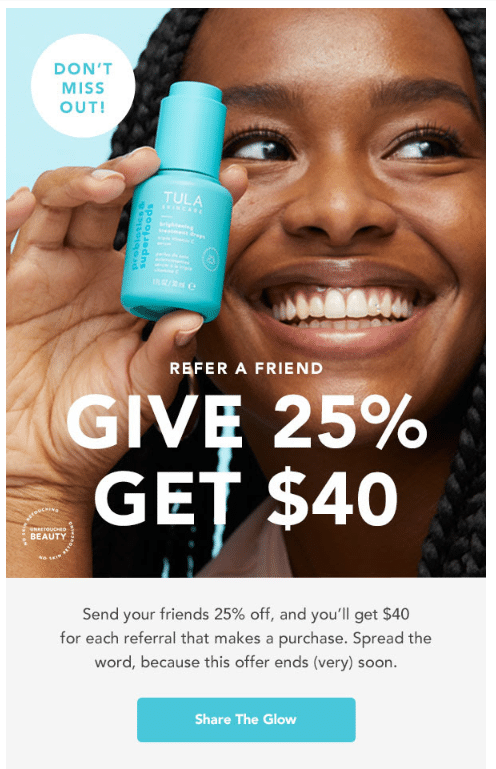
Automating customer engagement is key to delivering personalized, timely communication at scale. By leveraging advanced automation tools, brands can trigger messages based on customer actions, ensuring every interaction feels relevant, personalized, and seamless.
Example: A pet supply brand can automate emails to pet owners after purchasing a specific product, like food or toy, sending personalized care tips or reminders when it’s time for reordering. This approach keeps customers engaged, offers relevant advice, and fosters a sense of connection without overwhelming them with irrelevant messages.
By focusing on post-holiday engagement, brands can extend the marketing ROI of their seasonal campaigns, maintain customer interest throughout the year, and stay ahead in a competitive market.
To manage all 12 strategies, it is critical that brands have excellent customer journey orchestration. Optimove is a perennial leader in AI-led journey orchestration with OptiGenie. OptiGenie is an AI platform that seamlessly integrates journey orchestration with cutting-edge AI insights, creation, and orchestration functionalities.
For more insights into implementing these customer retention strategies, contact us to request a demo.
Exclusive Forrester Report on AI in Marketing
In this proprietary Forrester report, learn how global marketers use AI and Positionless Marketing to streamline workflows and increase relevance.


Dafna is a content marketing manager and writer who generates branded content for online industries, specializing in lead generation, SEO, CRM, and lifecycle stage marketing.
With over ten years of professional writing experience, she helps brands grow and increase profitability, efficiency, and online presence. Dafna holds a B.A. in Persuasive Communications from Reichman University (IDC Herzliya).


